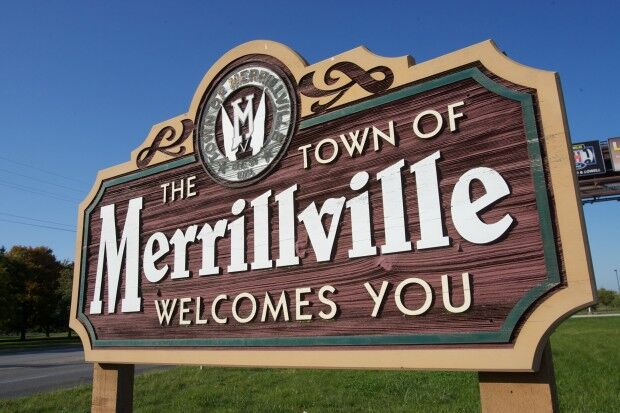The state of Hawaii is the only one in the United States that does not observe daylight saving time. This is due to its location, which has fewer variations between winter and summer daylight hours. However, several overseas territories also do not observe daylight saving time, including American Samoa, Guam, the Northern Mariana Islands, Puerto Rico and the U. S.
UU. Currently, all states except Hawaii and Arizona observe daylight saving time, although legislation has been enacted to combat it across the country. Nineteen states are pushing for daylight saving time year-round, claiming that it would reduce sleep disturbances and traffic accidents. On the other hand, detractors of daylight saving time argue that scientific studies have identified a significant increase in energy use and electricity spending by Indiana households.
In 1985, the Indiana General Assembly passed Senate Concurrent Resolution 6 of 1985, calling on the USDOT to move five southwestern Indiana counties (Posey, Vanderburgh, Warrick, Spencer and Gibson) from the central time zone to the eastern time zone. Several counties in eastern Indiana (Ohio and Dearborn Counties, near Cincinnati; and Floyd, Clark and Harrison Counties, near Louisville) chose to unofficially observe daylight saving time, despite Indiana law. In response to this debate in the city, the Indiana General Assembly passed a law to place all of Indiana on central standard time and ban daylight saving time. This statute officially placed northwest and southwest Indiana in the central time zone in observance of daylight saving time, while the rest of the state remained in Eastern Standard Time throughout the year.
Supporters of daylight saving time and a common time zone in Indiana often assert that Indiana must adopt the Eastern United States timing system to preserve interstate business with that region.
The state of Hawaii is the only one in the United States that does not observe daylight saving time. This is due to its location, which has fewer variations between winter and summer daylight hours. However, several overseas territories also do not observe daylight saving time, including American Samoa, Guam, the Northern Mariana Islands, Puerto Rico and the U. S.
UU. Currently, all states except Hawaii and Arizona observe daylight saving time, although legislation has been enacted to combat it across the country. Nineteen states are pushing for daylight saving time year-round, claiming that it would reduce sleep disturbances and traffic accidents. On the other hand, detractors of daylight saving time argue that scientific studies have identified a significant increase in energy use and electricity spending by Indiana households.
In 1985, the Indiana General Assembly passed Senate Concurrent Resolution 6 of 1985, calling on the USDOT to move five southwestern Indiana counties (Posey, Vanderburgh, Warrick, Spencer and Gibson) from the central time zone to the eastern time zone. Several counties in eastern Indiana (Ohio and Dearborn Counties, near Cincinnati; and Floyd, Clark and Harrison Counties, near Louisville) chose to unofficially observe daylight saving time, despite Indiana law. In response to this debate in the city, the Indiana General Assembly passed a law to place all of Indiana on central standard time and ban daylight saving time. This statute officially placed northwest and southwest Indiana in the central time zone in observance of daylight saving time, while the rest of the state remained in Eastern Standard Time throughout the year.
Supporters of daylight saving time and a common time zone in Indiana often assert that Indiana must adopt the Eastern United States timing system to preserve interstate business with that region.




